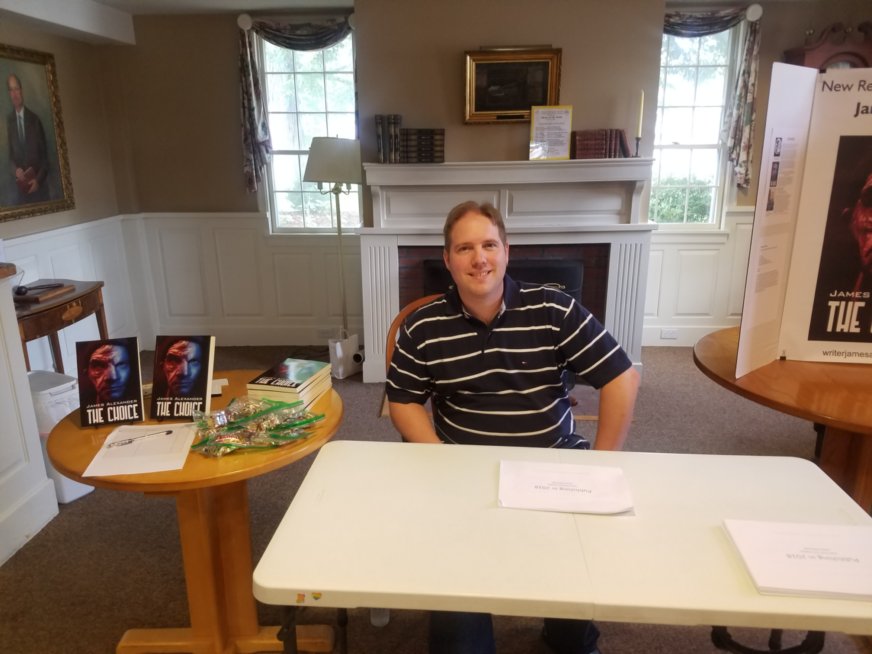Yesterday, I held my first book signing. My local library was kind enough to let me set up a table and meet with folks wanting to hear about the process of traditionally publishing The Choice. I had some hesitation of doing an event like this. First, many libraries already warned…
Tag: Writing
THE CHOICE Update!
I haven’t posted in a long time, and it’s usually a sign when an author goes quiet for a while after completion of a book. I’ve been busy dealing with the slew of rejections many hear authors groan about. I can break my silence now and say that as of…
Wine and Writing
I’m in the process of making wine and it occurred to me, wine and writing have much in common! I’m not referring to drinking wine while writing – though that works well sometimes too. What I am referring to is the wine making process. Here’s why: 1) Ingredients Like all…

